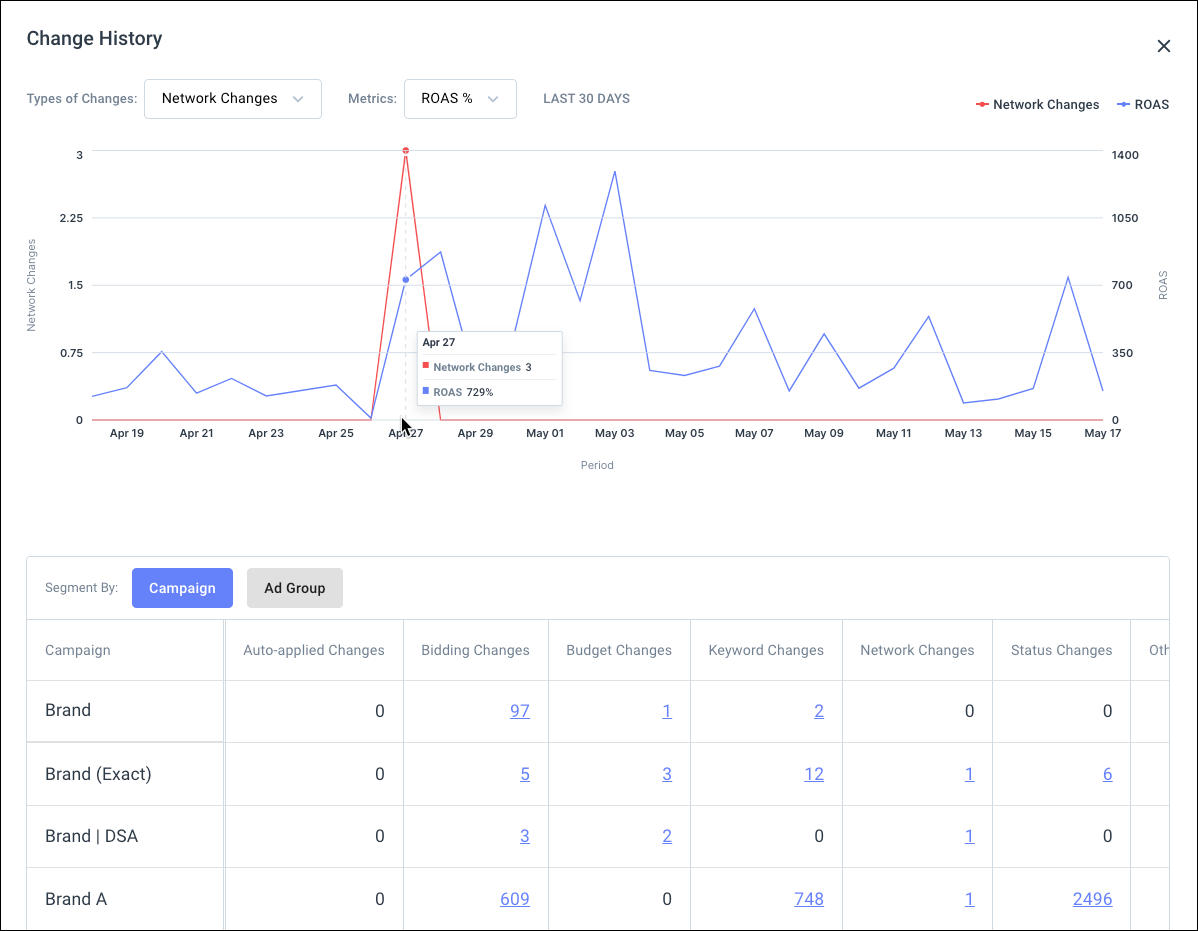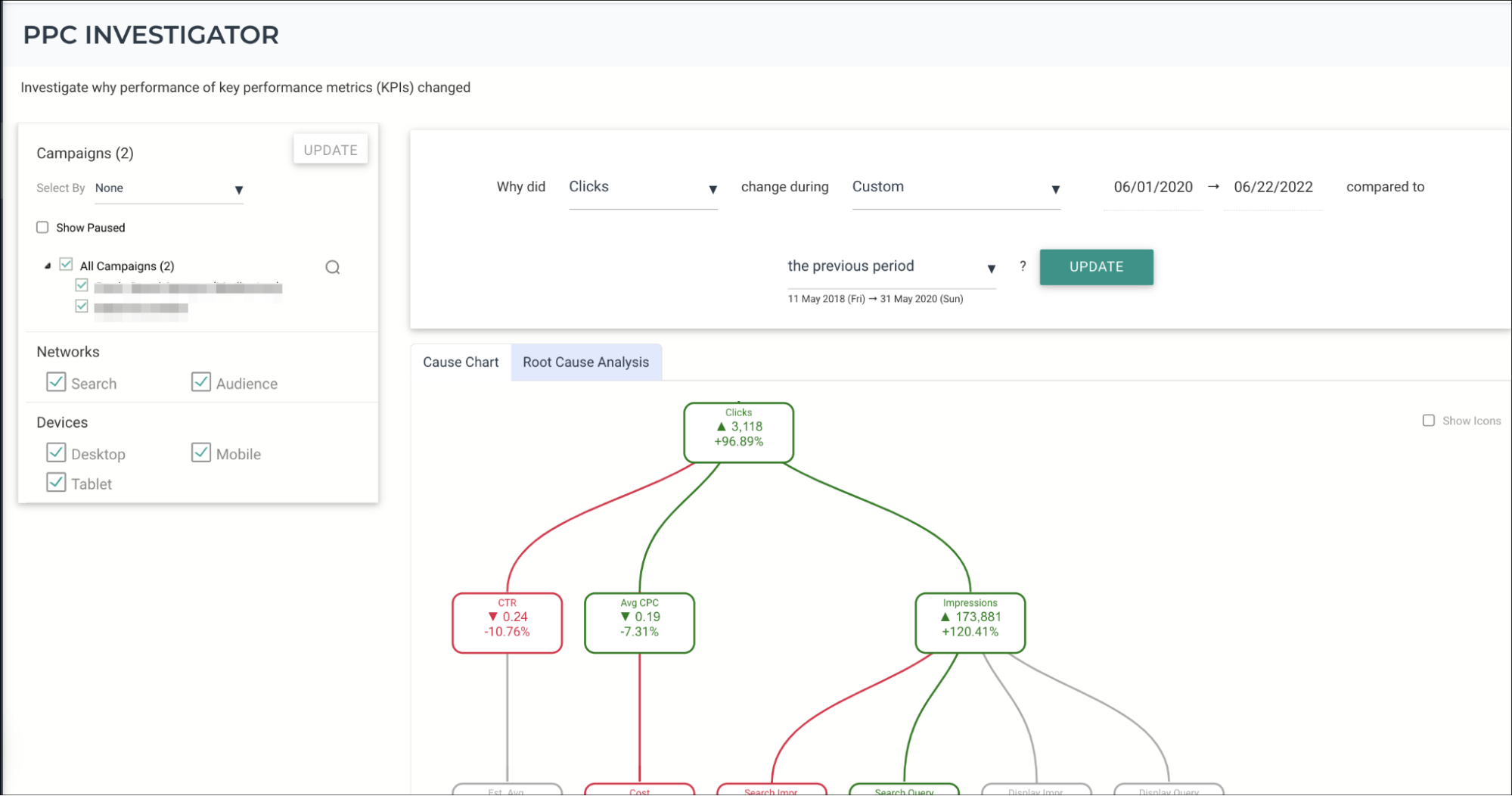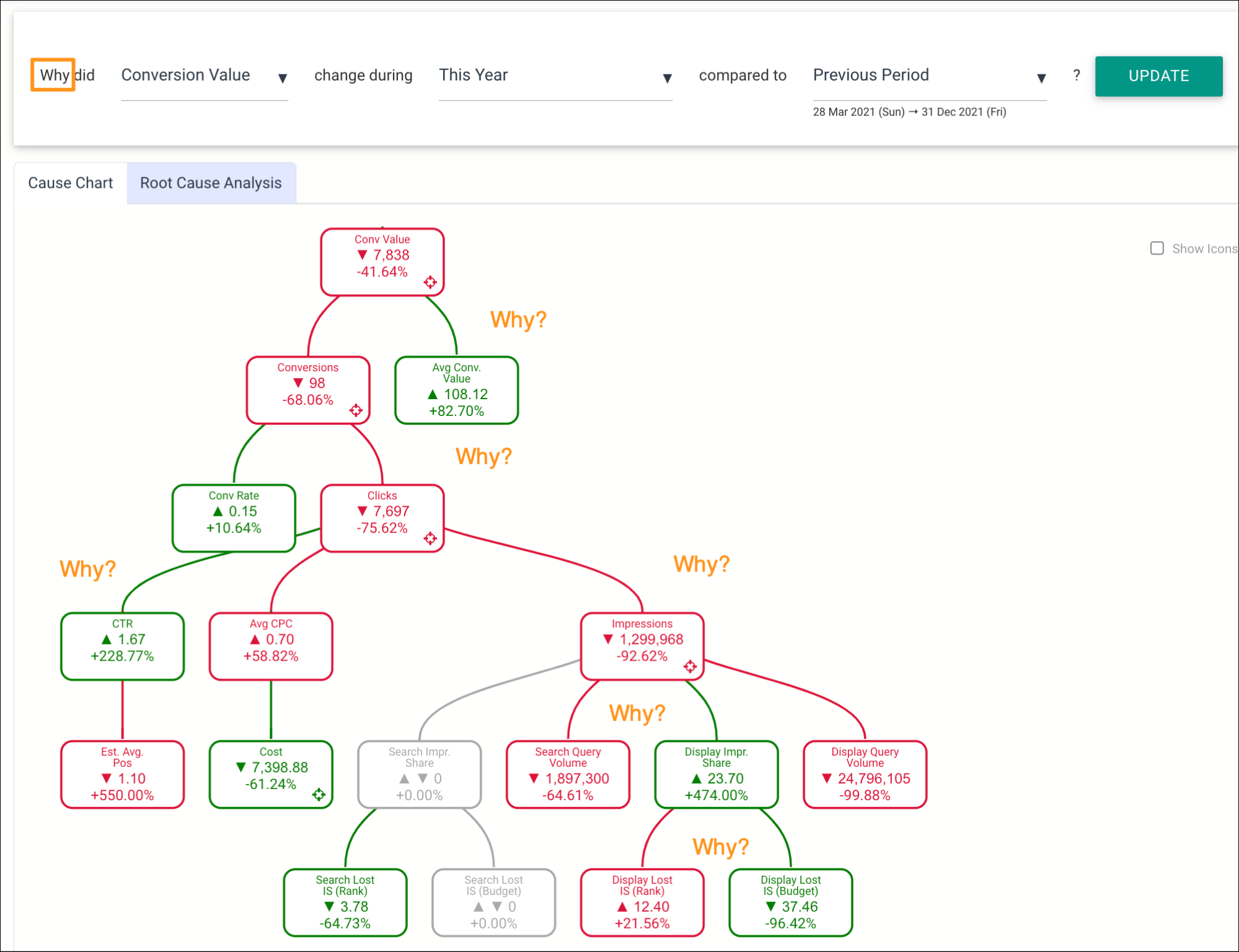Ad platform giants like Google Ads and Meta Ads are always testing new features and functionalities. And, these tests require real-world data, which comes from ad accounts like yours.
Sometimes the platforms inform you’re part of a test group when they run their experiments. But most of the time, you’re not given a heads-up. As a result, you may observe varying results in your campaigns—sometimes they perform better, and sometimes they don’t.
However, it’s unusual for a test to go totally wrong, so wrong that it costs your brand real money. This is precisely what happened to Melissa Mackey, Director of Paid Search at Compound Growth Marketing.
What exactly happened?
Expanded targeting is a feature that grants Google permission to reach people beyond your specified target audience if it believes there’s a high likelihood of conversion. While most platforms have this feature enabled by default nowadays, in Google Ads, you can choose to disable it.
Melissa said she contacted Google Ads support, they apologized, told her it was a bug, and they’d refund her.
Client's ads started showing in "expanded targeting" despite being opted out of that setting. 2/8
— Melissa L Mackey (@beyondthepaid) September 11, 2023
But then, it happened again. Even though she’d turned it off, Google opted her clients’ ads back into expanded targeting.
She reached out to Google Ads support once again, and they told her:
Now we're being told "From time to time the Google Ads team runs incremental experiments on campaigns to test the impact of a proposed change... Team confirmed that for this issue we might not provide any credit or refund." 5/8
— Melissa L Mackey (@beyondthepaid) September 11, 2023
These "tests" cost our client literally thousands of dollars. And we're just supposed to absorb that so Google can "experiment"?? 7/8
— Melissa L Mackey (@beyondthepaid) September 11, 2023
Google’s Ad Liaison, Ginny Marvin, assured her that she would investigate the matter.
While it is not clear if this is a widespread issue, such glitches aren’t necessarily new. Earlier this year, Chelsea So, Founder of Leadocity, discovered that Google Ads was ignoring placement exclusions for her client.
But it happened in one specific instance: for video campaigns with Optimized Targeting enabled.
A workaround—while far from ideal—does exist. Watch the video below to listen to Chelsea’s story and how Leadocity fixed things for their client.
And recently, Odi Caspi, Founder of UK-based agency, EffectiveMarketing said this on X (formerly Twitter).
#ppcchat It looks like Google is going into account and enabling GA4 conversion as primary.
— Odi Caspi (@OdiCaspi) September 14, 2023
This specific account has a Google ads conversion and as a result has been double counting conversion. @adsliaison how could Google possibly do such a think under our noses? pic.twitter.com/ohBjWRAl8D
Here’s one more: this happened to us back in January of this year. Watch the video below where our CEO, Frederick Vallaeys explains what happened in detail.
Or you can read the full article of what happened here.
TL;DR, Google identified our brand term “Optmyzr” as a redundant keyword, which made no sense because it was — and still is — one of our best-converting keywords.
But we caught it in time with our PPC Investigator and Rule Engine tools in Optmyzr before it could cause too much damage (more on them below).
All these instances are a clear reminder that you can never “set it and forget it” in PPC. This is exactly the reason you need automation layering or PPC insurance to protect your accounts. And that’s what a tool like Optmyzr or a great script will do for you.
How can you protect your account from Google Ads glitches?
Our evangelist, Navah Hopkins, shares a few ways in this video about how Optmyzr can help you proactively protect your account from any accidental or automated additions to your campaign targeting.
1. Set up alerts.
One way to stay informed about such unexpected changes made to your campaigns is by setting up alerts for your budget spend.
This will help you to stay informed about the status of your campaigns and make sure you don’t waste unnecessary ad spend. This is particularly important if you have lots of automated rules and scripts running (especially budget pacing rules).
However, Optmyzr can automatically look for anomalies or deviations for you without you setting them up yourself using anomaly alerts.
You can also generate them for Microsoft Ads or Facebook Ads, not just for Google Ads.
2. Protect your account from showing your ads on low-quality placements.
Optmyzr’s Smart Placement Exclusions can proactively find bad ad placements for you. Instead of waiting for these placements to spend money on wasted clicks and then excluding them, the tool proactively excludes them.
If you want to exclude placements for your Display Campaigns, you can use the Display Placements Exclusion tool.
Or, if you want to exclude placements at the account level, you can use Optmyzr’s Rule Engine.
3. Track performance changes using the Change History widget.
The Change History widget allows you to report on status changes for the account, ads, audience, budgets, keywords, network, placements, and targeting, on an individual basis.

Here are some insights you can get from the Change History widget:
- View the changes made to your Google Ads account in the last 30 days.
- See the top three types of changes made to your account at a glance.
- Click on “View Details” and check out the line chart that plots the types of changes against the performance change in your account. (This is my personal favorite!)
- Segment by campaign and ad group to see the breakdown (and impact on performance) by campaign and ad group. This can help you understand subtle shifts in performance and identify entities in your account that need extra attention.
Read more*:* 5 Ways to Optimize Your Google Ads Account Using the Change History Widget
4. Get a detailed view of your account performance using the PPC Investigator.
The PPC Investigator is an insights tool that’ll help you find exactly which element in a given account caused a metric to increase or decrease, and whether it’s a keyword, placement, or an entire network that caused the changes.

It has two components:
- Cause Chart
- Root Cause Analysis
Cause Chart
The Cause Chart is based on the fact that the performance of every metric depends on the performance of other underlying metrics. It uses the relationships between different metrics to show potential causality.
Root Cause Analysis
After identifying which metric needs to be worked on, the Root Cause Analysis goes a step further and highlights the exact Campaigns/Ad groups/Product partition/Keywords, etc. that were responsible for the change in an account.

It shows top movers who are significant contributors to the change in the account when compared across the two date ranges. You can view the top three positive and negative movers for a particular account.

The video below explains how you can use this tool for PPC analysis.
Run your campaigns with confidence and peace of mind
As Navah said in her video above, we want to reiterate that we truly do not believe these glitches are intentional, rather they are accidents made by Google Ads’s automated system. This is why it’s critical that you’re always documenting what actions you take and why in account management. And if you need help, Optmyzr makes it easier to protect your account!
Not an Optmyzr customer yet? Thousands of advertisers — from small agencies to big brands — around the world use these tools to manage over $4 billion in ad spend every year.
Sign up for our 14-day free trial today to give Optmyzr a try. You will also get the resources you need to get started and more. Our team will also be on hand to answer questions and provide any support we can.








